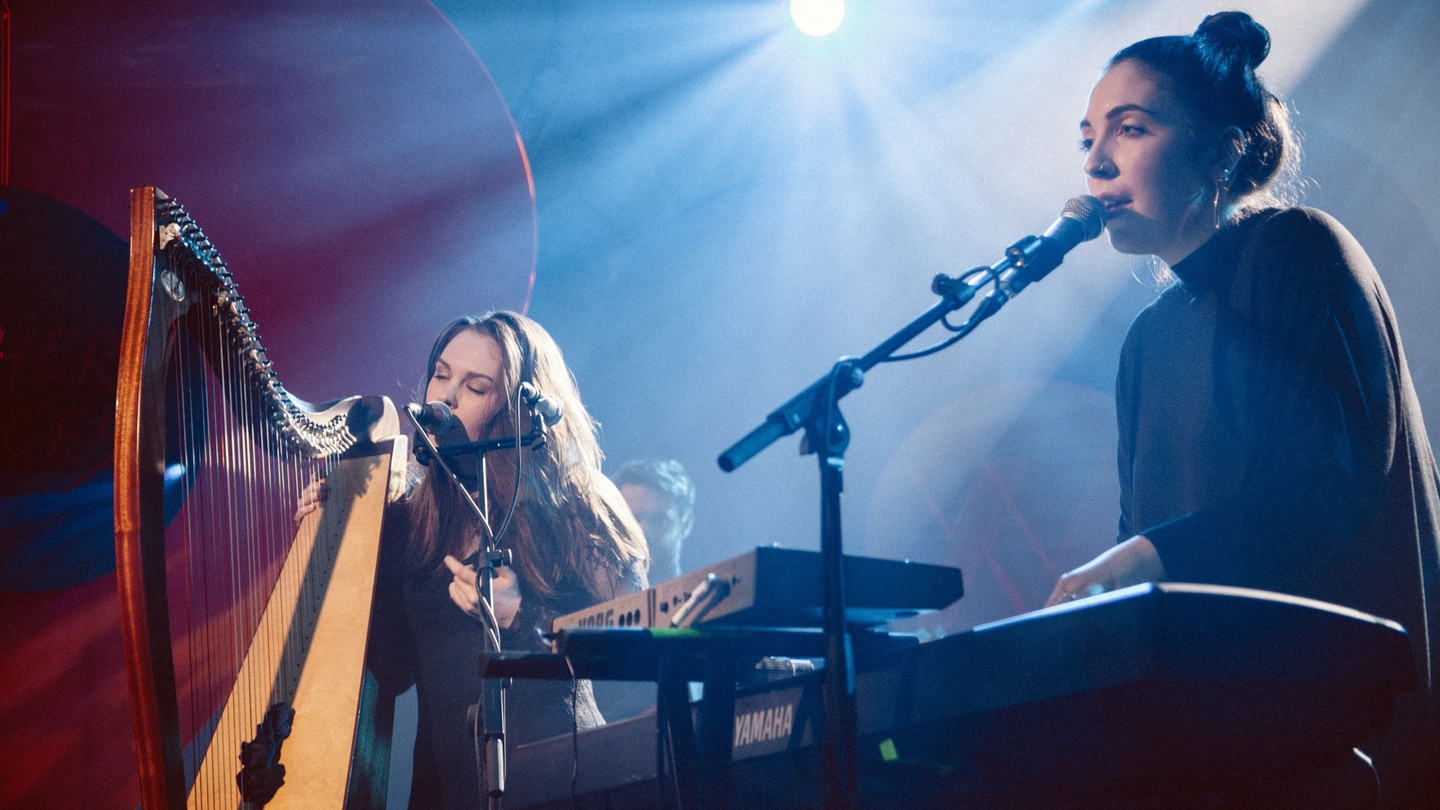continental drift 12/21/22- greece

Listen to the playlist here, and listen back to this episode here.
Today we drifted to the idyllic locale of Greece, known officially as the Hellenic Republic. It is located in the southern part of the balkans peninsula in southern Europe on the mediterranean basin. Greece was the origin of not only democracy but also western philosophy, literature, theater, and the Olympics. Because its history goes back to the 8th century BC, and its history is relatively well recorded, its folk music is rich.
Rebetiko was the defining sound of 20th century Greece, and remains a popular folk music style. The Lausanne Treaty in 1923, intended to end a WWI border dispute, moved approximately 1.5 million Christians of Turkish citizenship to Greece. There they continued to spread eastern influence to the Turkish sound.
Though Greece is the “birthplace of Western civilization”, you’ll hear today that a lot of its music is heavily Eastern-influenced. This is because Greece was under Ottoman rule for a good bit of its history, as well as because of its positioning around countries like Turkey and Albania that have influenced its music and culture over the years.
Rebetiko sample:
Ximeronei Kai Vradiazei // Vassilis Tsitsanis ((translation: dawn and dusk))
Dimotiká, or folk music, has lyrics influenced by poetry and often features instruments like laoutos and lyras. Nikos Saragoudas was a popular greek composer who drew inspiration from both folk and classical traditions.
Dimotika sample:
San pas sta ksena // Nikos Saragoudas
Laiko is what followed after the commercialization of rebetiko music. Though translated Laïko means “popular song” or “song of the people”, it is less pop music and more modern greek folk music. Marinella was a popular classic Laiko singer in the 70s and 80s and has released 66 solo albums
Laïko sample:
Na Paizei To Tranzistor // Marinella
The Greek label Teranga Beat blends traditional sounds with electronic music.
One band signed to the label, Evritiki Zygia, plays thracian music. According to their bandcamp album description, “The distinctively psychedelic element of Thracian music was enhanced with the introduction of the CRB-Diamond 800 organ and the Moog, giving the whole project a hybrid sound with a unique identity.” The album was recorded on an analog 24-track tape Otari MX80 and in two sessions that took place on May 18 and 19 2019. It is a live recording that captures the energy of the group’s live performances.”
Greek Fusion Orchestra was a group who played together on radio in 1973. Adamantios Kafetzis, the label creator, says of the group: “It started as a program on the radio to create a jazz fusion progressive orchestra playing traditional music tracks. Every week, they would have to produce 30 minutes of music. He [Kyriakos Sfetsas] would go and find old music in books, and bring it to the musicians just before the show started, and they would only have a small rehearsal before going on air.”
Terranga Beat segment:
Karsilamas // Evritiki Zygia
Morning Expectations // Greek Fusion Orchestra
Pop/Indie Segment:
Moro Mou Sss // Elli Kokkinou
Koktela // Nalyssa Green (a theremin player!)
The Race // Σtella
Don Quixote (death was a letter never sent) // Kid Flicks
Lucy // Plastic Flowers
We Need Some Space // Baby Guru
Cinematic Beats/Trip Hop Segment:
Spice Lahore // Moderator
Besima // Mononome

 forgot to do the website post for this past episode, but better late than never! Listen to the playlist
forgot to do the website post for this past episode, but better late than never! Listen to the playlist  Welcome back to continental drift! This episode was very special to me, as I put in a lot of great research, and found lots of cool things to share! This is Mali. Listen to the playlist
Welcome back to continental drift! This episode was very special to me, as I put in a lot of great research, and found lots of cool things to share! This is Mali. Listen to the playlist 

 Ami Koïta is another woman I’d like to highlight. She was popular in Mali in the 80s and 90s, for her music and also her penchant for star power. Many of her songs were dedicated to Concorde Gaye, her main patron, a Senegalese businessman who famously provided her with a new car every two years. She incorporated a lot of contemporary elements into her music such as trumpet, saxophone, violin, synth, drum machine, etc. She drew from Manding tradition but also controversially from Congolese soukous, zouk (which we talked about in the
Ami Koïta is another woman I’d like to highlight. She was popular in Mali in the 80s and 90s, for her music and also her penchant for star power. Many of her songs were dedicated to Concorde Gaye, her main patron, a Senegalese businessman who famously provided her with a new car every two years. She incorporated a lot of contemporary elements into her music such as trumpet, saxophone, violin, synth, drum machine, etc. She drew from Manding tradition but also controversially from Congolese soukous, zouk (which we talked about in the 
 Today we are drifting to the transcontinental country of Kazakhstan. Listen to the playlist
Today we are drifting to the transcontinental country of Kazakhstan. Listen to the playlist 

 Welcome back to Continental Drift’s long awaited Irish episode! Find our playlist
Welcome back to Continental Drift’s long awaited Irish episode! Find our playlist  The most recognizable genre of music out of Ireland is of course
The most recognizable genre of music out of Ireland is of course 